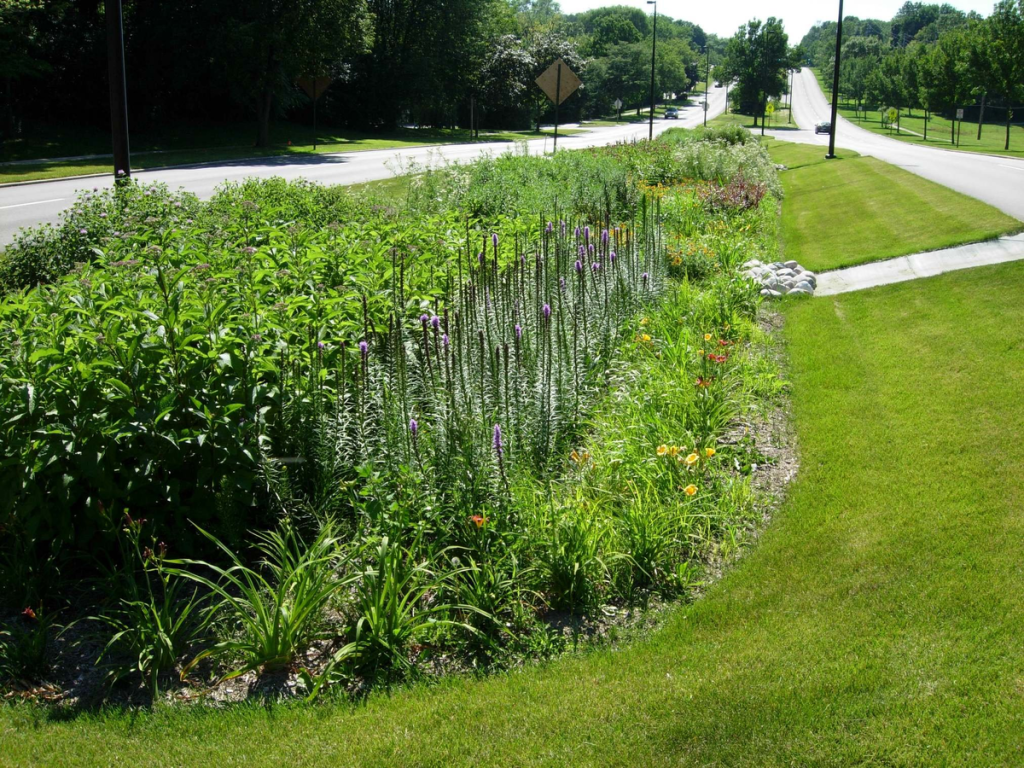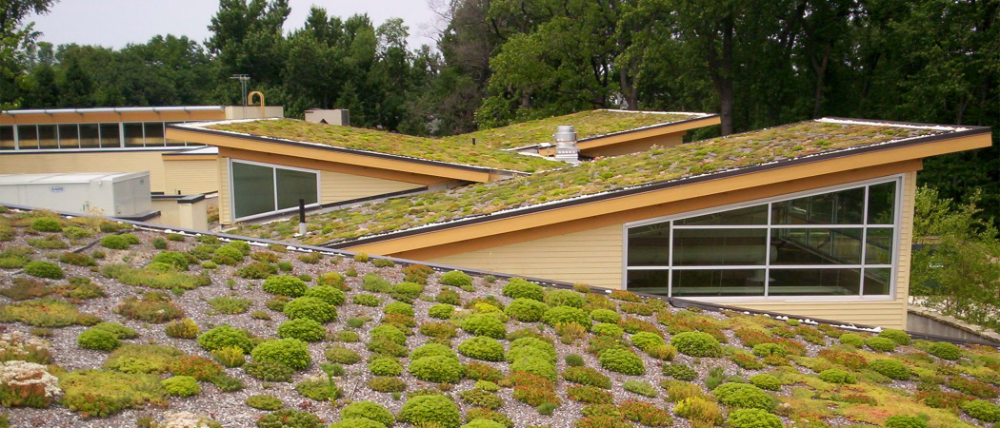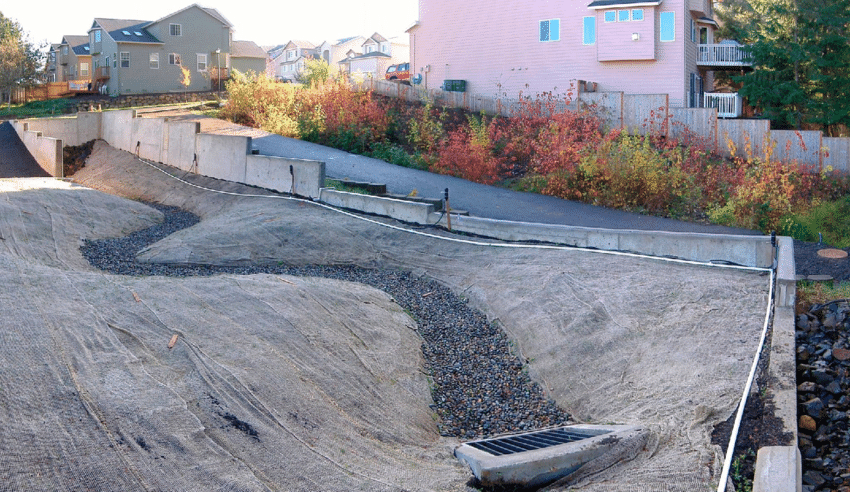
Stormwater is becoming an increasing concern because of the increasing threats of storms. The number and intensity of storms have increased over the years and will continue to increase due to the rising global warming. This stormwater management can save damage your home and property. It also washes off all the contamination from your property and takes it to the water rivers and seas. It contaminates these water bodies and makes them inhabitable for fish and other organisms. We cannot improve the environment overnight, but we can adhere to some strategies that will help us prevent severe damage to our property and also protect our environment. In this article, we will discuss some of the most reliable stormwater management strategies that you can follow. These are tried and tested strategies that are easy and do not cost a lot. So, without any further ado, let’s get started.
Using permeable materials outdoors is an excellent way of avoiding water runoff from your property. You should use bricks, grass, concrete, or other materials in any type of pavement. There are some asphalt types which also provide better water absorption capabilities.
You can use these materials in your sidewalks, driveways, patients, pool surroundings, and other solid surfaces. If you think that using a permeable surface might weaken the structure then you can follow other strategies that we will discuss below.
Don’t want to compromise on the strength and durability of your pavements? Then you can always have a wonderful rain garden.

What’s the difference between a garden and a rain garden? You might ask. Well, there are two main differences. First, a rain garden sits just a little bit below the surrounding surface. It creates a shallow area that collects water.
Second, it has a different type of plantation which survives and grows well in a watery environment. These small shrubs and plants absorb the water that is collected in the shallow area.
Also, these gardens can be filled with small pebbles which beautify it and slows down the drainage for maximum filtration.
This is one of the most basic, simple, and cost-effective ways to manage and collect stormwater.
Rain barrels are specialized large barrels that are used to collect rainwater, especially from roofs. They are placed below the downspout of a building or a home.
You can also place them in the open during heavy rainfall. However, placing them in the open during normal rainfall isn’t very useful. Make sure that you buy large enough barrels to collect as much water as possible.
As this water doesn’t come in contact with the ground, it is relatively safe. You can use it for gardening and general cleaning. Or you can dispose of the water safely using the safety guidelines.
A green roof is a small, lightweight garden on top of your roof. It is constructed using root repellents, waterproofing coats, drainage, and a soil-like material. You can grow a variety of plants on top of your roof depending on the strength of your roof.

These roofs effectively absorb a lot of stormwater that falls on your roof. Green roofs also cover a lot of area which results in increased absorption of water. The surface area is as large as your home and in some cases a bit larger.
This ensures that the majority of the water that lands on your property is either fully absorbed or thoroughly filtered by these green roofs.
Swales are shallow channels that run alongside your property. It’s basically a very shallow trench that drains the water through a confined area. These swales can exist naturally or can be created by removing some soil.
Swales are very useful to navigate high water flows through designated areas. These are unpaved areas that allow the absorption of water. People also like to grow some plants to further slow down the drainage process and increase the absorption.
Infiltration basins are like small basins placed on your property. These are some of the oldest ways to collect and get rid of excessive water.
You will just have to dig a ditch or a pond on your property. You can also create small swales to redirect all the excessive water to these infiltration basins. These basins can store large amounts of water at once.
Make sure that the basin is large enough to cater to the requirements of your property. Also, along with digging deeper, you should also focus on digging a wider infiltration basin.
The bigger the surface area, the more water evaporation. A large infiltration basin will allow the water enough time to seep in the ground, while also maintaining the groundwater level.
Using gravel instead of hard surfaces is a very natural and affordable way to ensure maximum absorption of stormwater. Gravel is small rocks that are laid on a property to act as a driveway, sidewalk, patio, or anything else.

Gravel has holes and openings which readily absorb all the water that is poured on it. Gravel readily absorbs the water which is then filtered by the soil and absorbed by the ground.
Make sure that you get the right size of gravel for each part of your home.
Above are some of the most effective stormwater management and maintenance practices that will ensure proper filtration and drainage. These strategies will ensure your home’s safety by ensuring timely drainage and absorption. It will also improve our environment by filtering out all the contamination from the water runoff. There are more ways that might be more suitable to you depending on your property and area. It is better to hire a professional consultant, as they will help you get the best options that fulfill your requirements.

Welcome to my blog! With over 10 years of writing experience, I specialize in creating engaging content across a wide range of niches. My work includes contributions to gerardomariona.com, where I’ve had the pleasure of crafting insightful and impactful articles. From lifestyle to technology, and everything in between, I love sharing valuable tips, trends, and fresh perspectives. Dive in and explore the latest insights!